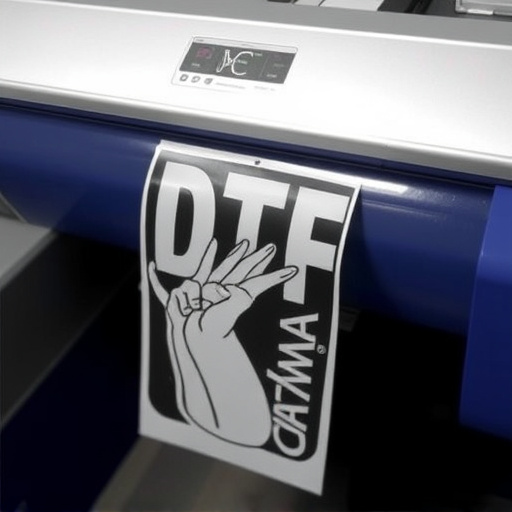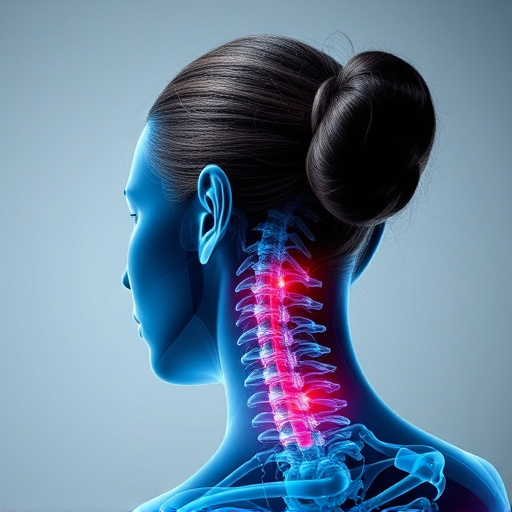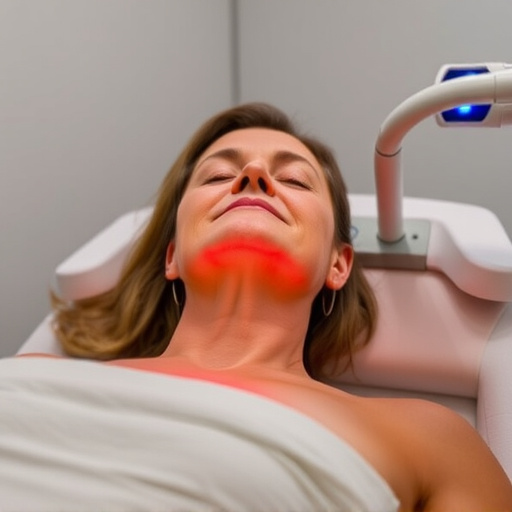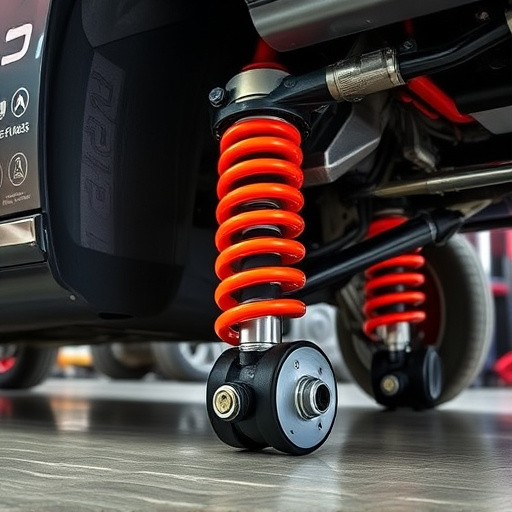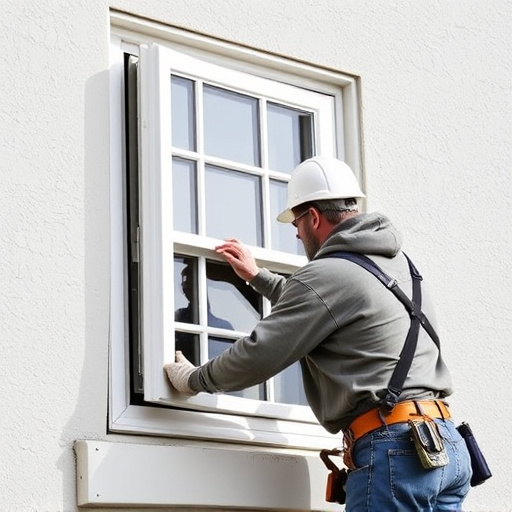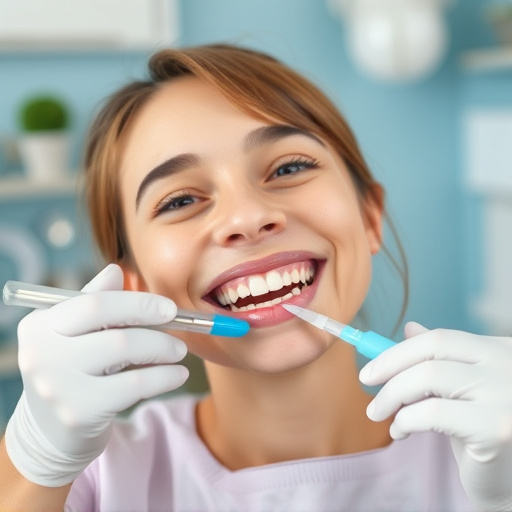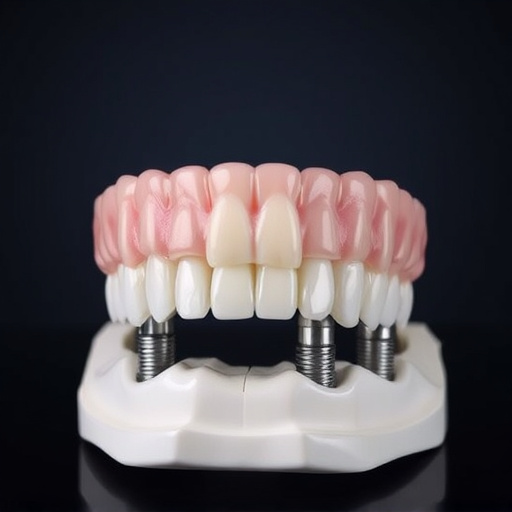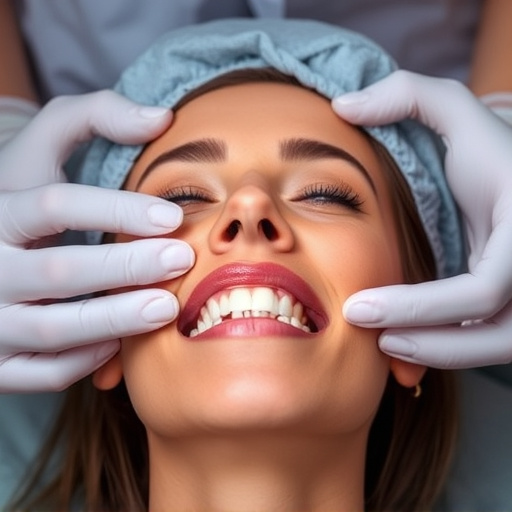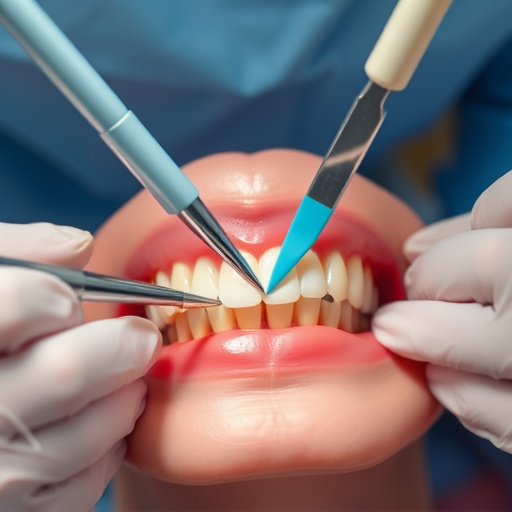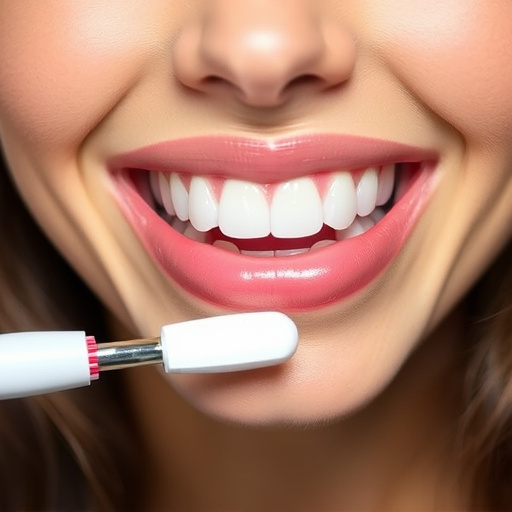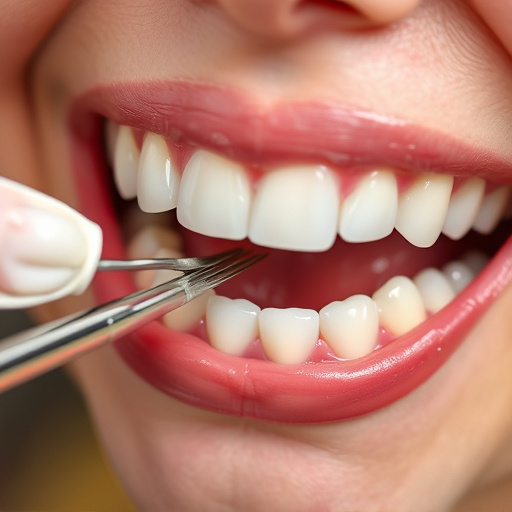Handicap accessible dental facilities utilize adaptive equipment and inclusive environment features to provide equal care for patients with physical disabilities. Specialized chairs, advanced tools, and technology cater to diverse needs, while calming environments and customized procedures foster trust and cooperation. This commitment to inclusivity ensures all patients receive comprehensive oral health services in a welcoming space.
In today’s inclusive society, ensuring every patient receives quality dental care is paramount. Handicap accessible dental facilities, equipped with adaptive technology, play a pivotal role in achieving this goal. This article explores the significance of creating welcoming environments for individuals with diverse needs. We delve into how specific equipment enhances patient experiences, from accessible chairs to advanced diagnostic tools, fostering a sense of comfort and security. Understanding these adaptations is key to improving dental care accessibility.
- Understanding Handicap Accessible Dental Facilities
- Adaptive Equipment: Enhancing Patient Care
- Creating an Inclusive Environment for All Patients
Understanding Handicap Accessible Dental Facilities
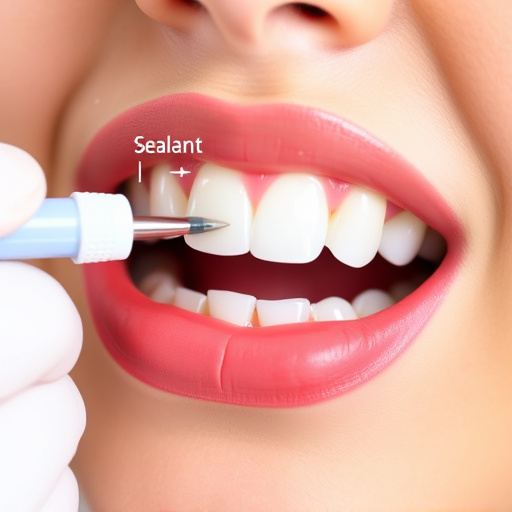
Handicap accessible dental facilities are designed to cater to patients with physical disabilities or limitations, ensuring they receive the same level of quality care as able-bodied individuals. These facilities are equipped with adaptive equipment and adhere to specific guidelines to create an inclusive environment. This includes features such as wheelchair access, lowered counters, and specialized chairs that accommodate various mobility needs.
By prioritizing handicap accessibility, dental clinics promote inclusivity and equal access to oral health services. Adaptive equipment not only enhances functionality but also contributes to a patient’s overall comfort and confidence during their visit. In the realm of dentistry, this means offering solutions for preventive dentistry, cosmetic dentistry, and other procedures in a manner that is sensitive to diverse patient needs, ultimately fostering a sense of community and ensuring no one is left behind when it comes to maintaining optimal oral health.
Adaptive Equipment: Enhancing Patient Care
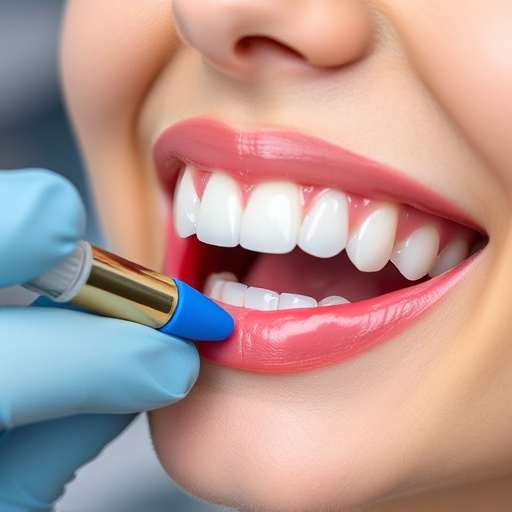
In the realm of handicap accessible dental facilities, adaptive equipment plays a pivotal role in enhancing patient care. From specialized chairs that accommodate patients with limited mobility to advanced tools designed for precise and comfortable treatments, these innovations ensure that every individual, regardless of their physical abilities, receives the same level of quality dental care. Adaptive equipment not only facilitates accessibility but also improves overall treatment outcomes, making dental procedures more manageable and less intimidating for patients with special needs.
This focus on accessibility extends beyond basic functionality to include technology aimed at improving patient comfort and satisfaction. For instance, advanced lighting systems, adjustable mirrors, and noise-reducing equipment cater to the sensory needs of patients, ensuring a calming environment. Moreover, adaptive tools tailored for specific procedures, such as enhanced dental fillings (including cosmetic fillings) and specialized instruments for children’s dentistry, demonstrate a commitment to inclusivity within the dental profession. These considerations collectively contribute to creating an inviting atmosphere where every patient feels valued and cared for, fostering a sense of trust and cooperation essential for successful dental care.
Creating an Inclusive Environment for All Patients
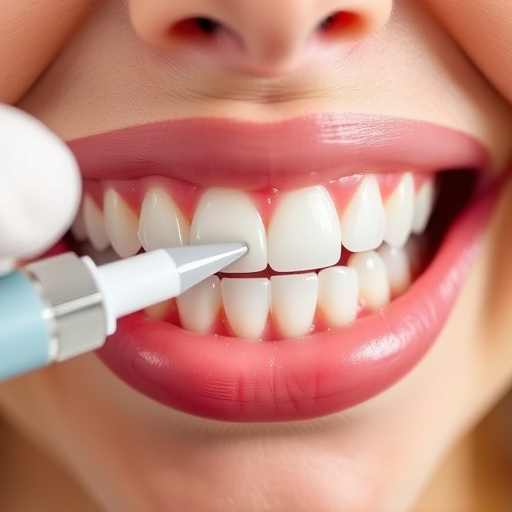
Creating an inclusive environment is a cornerstone of modern healthcare, and this principle extends to every corner of a dental facility. A handicap accessible dental office equipped with adaptive equipment ensures that all patients, regardless of their physical abilities, can receive comprehensive dental care. This commitment to accessibility means providing services tailored to meet the unique needs of individuals with disabilities, from wheelchair ramps and wide doorways to specialized tools for those with limited dexterity.
By prioritizing inclusive design and implementing adaptive technologies, a family dentistry practice can transform itself into a welcoming space that offers not just dental fillings but also peace of mind. Every patient deserves to feel valued and respected during their visit, knowing that the clinic is dedicated to delivering high-quality care in an environment that accommodates everyone.
Handicap accessible dental facilities equipped with adaptive equipment are not just a legal requirement, but a crucial step towards ensuring equitable access to oral healthcare for all. By implementing these inclusive practices and technologies, dental clinics can create an environment that caters to diverse patient needs, enhancing comfort and care. This approach not only benefits individuals with disabilities but also fosters a broader sense of community acceptance and understanding. Moving forward, the adoption of adaptive equipment in dentistry is a game-changer, setting new standards for patient-centric care in a handicap accessible dental setting.

